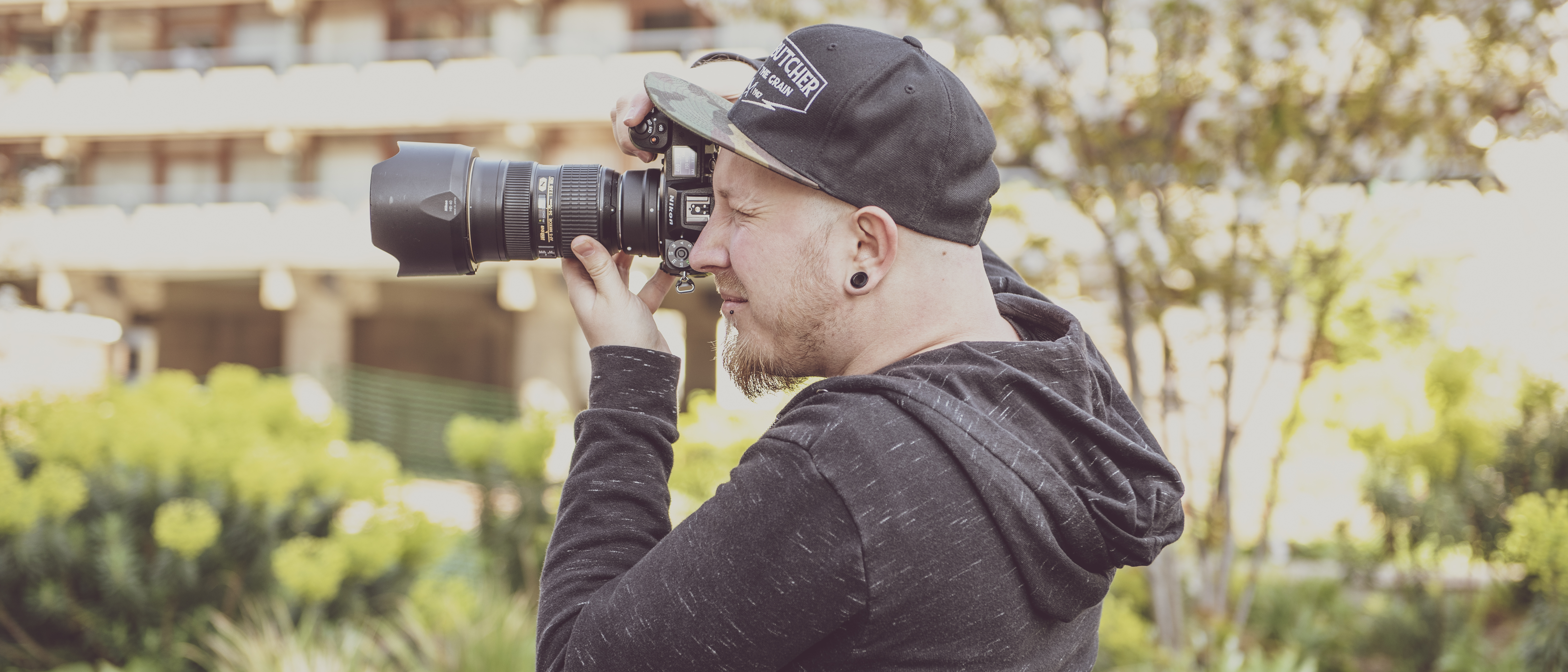Digital Camera World Verdict
A highly capable camera matched with some excellent external accessories, the Z6 II Essential Movie kit would form a fantastic core for the setup of any aspiring videographer or stills shooter. With the included Atomos Ninja V the Z6 II’s filmmaking functionality really comes into its own, while notable improvements over the original Z6 make it an upgrade well worth considering. Frustration remains in the shape of 60fps 4K shooting being cropped, but this kit overall represents solid value for money.
Pros
- +
12-bit RAW video via Atomos Ninja V
- +
Excellent AF system
- +
Great access to lenses with FTZ adapter
Cons
- -
No internal 10-bit recording
- -
1.5x crop with 4K 60fps
- -
Inbuilt LCD can’t be front faced
Why you can trust Digital Camera World
It’s no longer enough for cameras to be great image takers alone, unless you’re investing in a digital medium format device or studio-aimed high-resolution model, it’s expected that they be competent video producers too.
An ever-increasing user base of hybrid-shooting enthusiasts and freelance content creators has demanded that the current generation of mirrorless devices be as comfortable producing a run-and-gun music video or travel documentary, as they are a landscape still or portrait.
It was with these users in mind that Nikon launched the Z6 back in 2018, a well-rounded and well-received device that was the brand’s most serious foray yet into the world of video making, but one not without some areas of weakness. Building on that foundation, the Z6 II answers some of its forebear’s criticisms and builds on its successes, taking rival enthusiast models like the Canon EOS R6 and Sony A7 III within its sights in this highly competitive sector of the market.
In this review we’ll be taking a look at the device’s performance in both stills and video production within the context of Nikon’s newly launched Essential Movie Kit. This bundled set comprises of the Z6 II itself, the FTZ Mount adaptor, an Atomos Ninja V monitor/recorder, SmallRig quick release cage and accessories, along with some extra batteries and the cables needed to get all these parts working together. It’s a kit that Nikon promises to make the most of the Z6’s capabilities and provide the perfect base for aspiring videographers to begin their journey with.
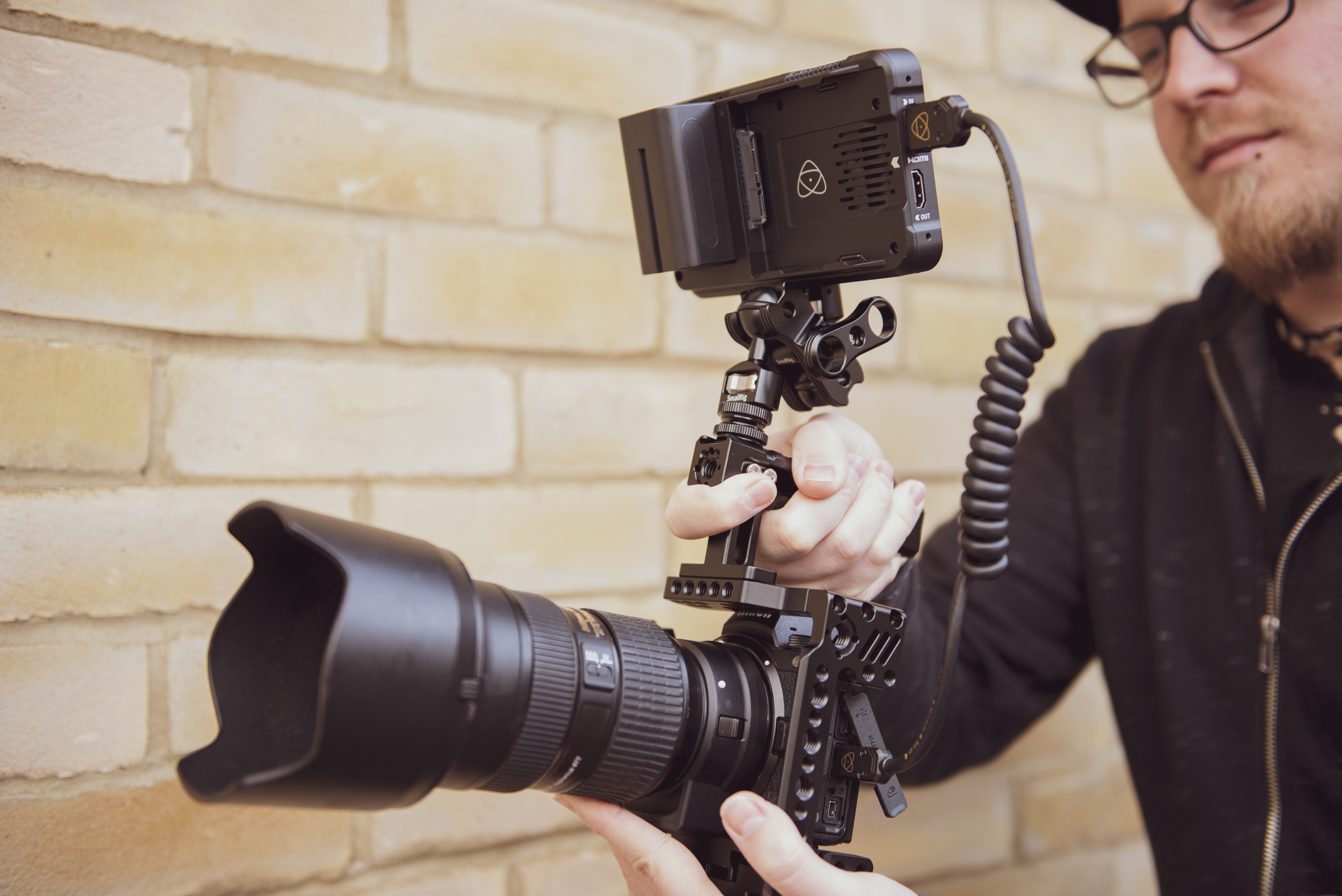
Specifications
Sensor: 25.28Mp 35.9 x 23.9mm BSI CMOS
Image processor: Dual Expeed 6
Autofocus: Hybrid AF system with 273 selectable points
ISO range: 100-51,200 native range (expanded high of 204,800 equivalent)
Stabilisation: 5-stop, 5-axis stabilisation
Max image size: 24.5Mp 6048 x 4024px
Video: 3840 x 2160 (4K UHD): 30p /25p/24p, 60p with DX (1.5x) crop, 1920 x 1080: 120p/100p/60p/50p/30p/25p/24p
Viewfinder: 1.27-cm/0.5-in. approx. 3690k-dot OLED
Memory card: Dual slot 1 CFexpress or XQD card, 1 SD
LCD: 8-cm (3.2–in) tilting TFT touch-sensitive 2100k-dot LCD
Max burst: Up to 14fps
Connectivity: Wi-Fi 2.4GHz and 5GHz, Bluetooth 4.2, USB-C, mini HDMI, GPS, microphone, headphone
Size: 134 x 100.5 x 69.5 mm
Weight: 705g including battery and memory card
Kit includes: Nikon Z 6II, FTZ Mount Adapter, Atomos Ninja V, SmalRig quick-release camera cage and grab handle, Magic Arm Clamp, 2x 5200mAh batteries, coiled HDMI cable, additional EN-EL15b battery.
Key features
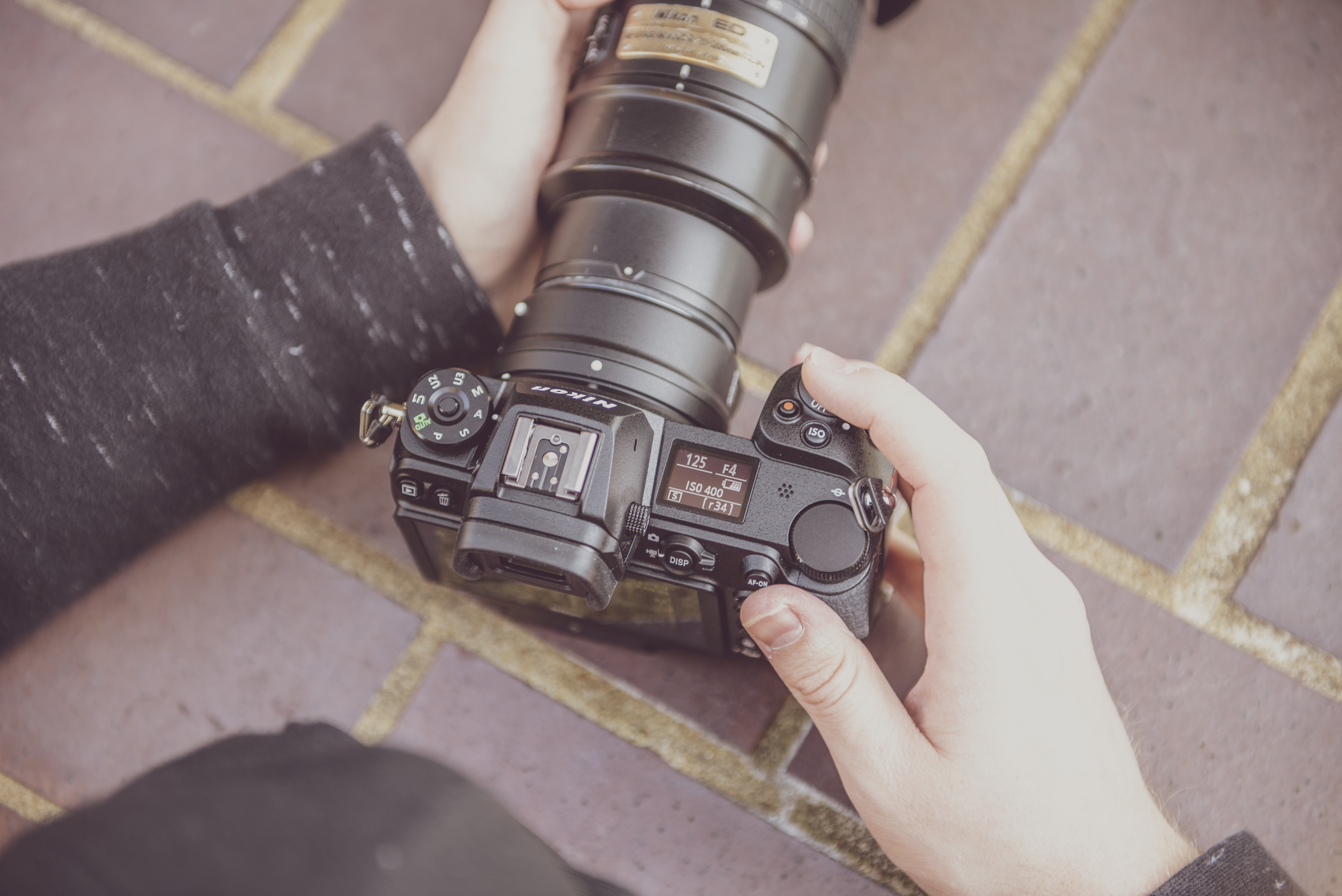
The Z6 II is built around a back side illuminated full-frame CMOS that carries a 24.5Mp effective resolution, the same brilliantly performing chip as found in the Z6. However, this time that sensor has been paired with an arrangement of dual Expeed 6 processors, while the Z6 had only one. This processor boost has most notably seen the camera’s continuous shooting rate jump from the 12fps possible with the Z6 to 14 fps, while the number of shots before buffering has also increased dramatically from 35 images, to approximately 124 on the Z6 II.
Some rivals may still provide faster burst speeds, but unless you’re regularly photographing sports or wildlife and demand the ultimate possible in burst rates, the Z6 II will meet your demands with ease. Other benefits are harder to measure, but expect slightly better low light image quality in some situations, faster data to file conversion, and all-round smoother performance.
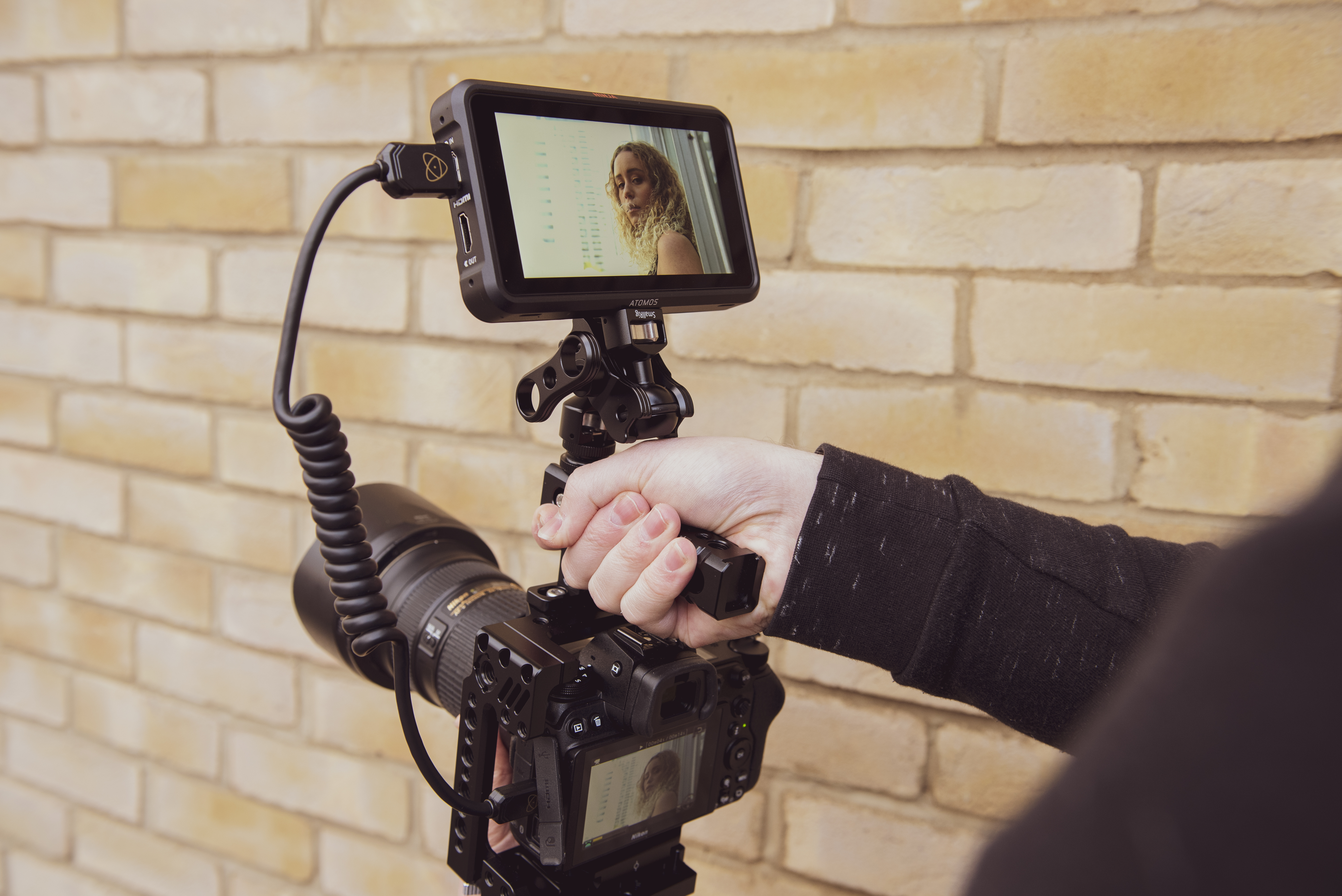
Many core video specifications remain unchanged from the Z6 on the Z6 II, it still shoots 30fps UHD 4K with no crop and Full HD at up to 120fps, but 60fps UHD has now been pleasingly made possible for 2x slow motion via a firmware update, albeit it with a 1.5x sensor crop. While a very welcome addition that keeps the device competitive with the Canon R6 which also offers 60fps 4K, and betters the Sony A7 III that provides only 30fps, it’s frustrating that with this crop the true width of attached lenses isn’t utilised in the videos the Z6 II produces at this frame rate.
Autofocus is another key area that has seen substantial improvements made, with the Z6 II’s hybrid system now rated to operate down to a much more competitive -4.5EV as standard and -6EV in its low light mode, compared to the -2EV and -4EV limits respectively found on the original Z6. This gives the camera an edge over the Sony A7 III’s AF system which is rated to -3EV, and brings it much closer to the Canon R6’s which boasts a range limit of -6.5EV. For users, this means substantially more responsive focusing, particularly in testing light conditions.
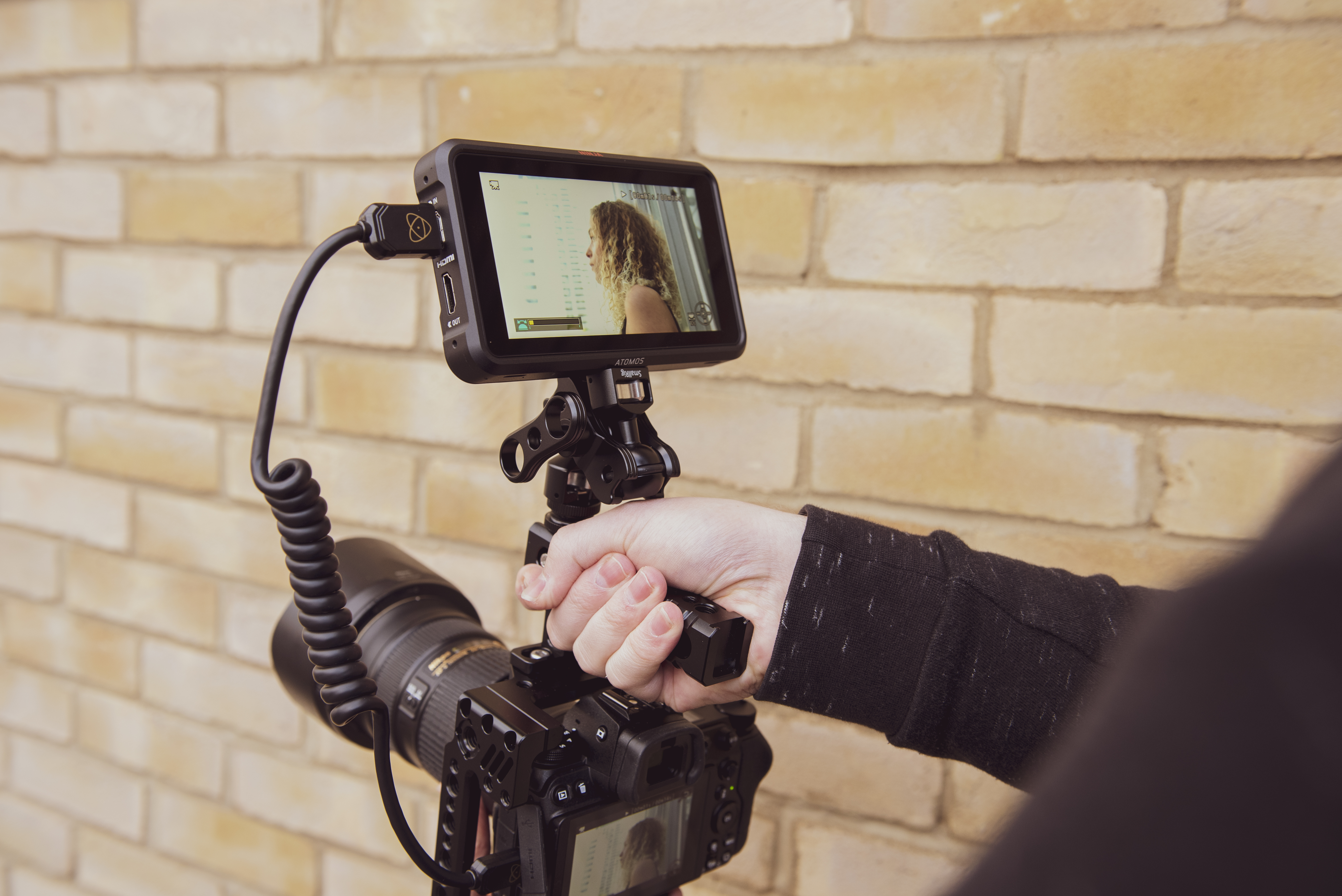
One more welcome improvement on the Z6 II comes in the shape of a new SD card slot that sits alongside the original CFexpress/XQD slot. The addition of this second port not only means that files can now be backed up instantly at the point of capture to two cards, but that operators can also make use of their existing and substantially cheaper SD cards when they’re not capturing media that requires the blistering write speeds of CFexpress and XQD. When combined with the ability to use EN-EL15b batteries in the device as found in many of the companies DSLR models, as well as the FTZ lens adaptor meaning any investment in Nikon F-mount lenses is still valid, it’s just one less thing for those making the switch to mirrorless to worry about!
• Best camera batteries
• Best CFexpress cards
Finally, the camera now allows its USB-C connection to be utilized for not only battery charging, but full power delivery as well when the camera is turned on. This enables stress-free time-lapse capture or extended video recording without the need to switch batteries.
Build and handling

The Z6 II is near identical in form to its forebear, utilising exactly the same control layout that provides easy access to all major controls, a deep, comfortable grip that makes use with longer lenses feel more balanced than on some mirrorless devices, and a top reference display to compliment the rear screen. The only real external difference of note in fact, is that aforementioned second card slot that’s now found behind a slightly larger battery door.
The camera has weather and dust sealing helping protect it a variety of challenging shooting conditions, and a ruggedness that feels like it could take a few knocks during use with ease. With the magnitude of shooting options and settings available across both stills and video capture, the Z6 II’s menu system is extensive, but not overly complicated to navigate.
Also remaining unchanged on the Z6 II are the devices viewfinder and rear LCD. Bright, crisp and clear the 3.69M-dot OLED EVF is still a joy to use, although at 60hz, its refresh rate isn’t as fast as the 120hz provided by some rivals. The rear 2.1M-dot LCD is also detail rich and responds well to touch inputs, but the fact it is only a tilt screen, and not a fully articulated one will frustrate some, particularly vloggers looking for the option to front-face it during use.
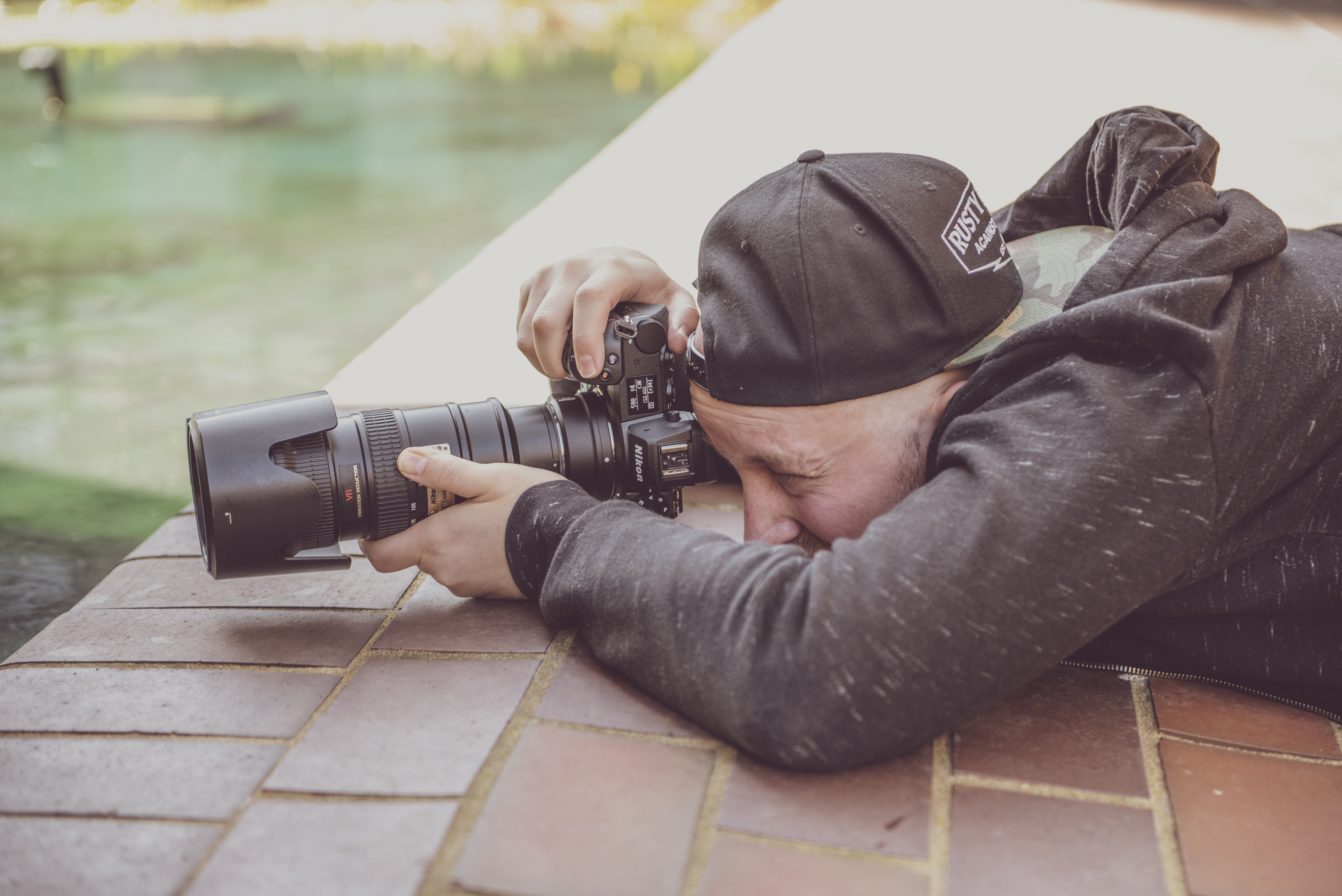
With that said, as part of this Essential Movie kit, the lack of articulation of the rear monitor becomes less of an issue thanks to the ability to configure the Atmos Ninja V monitor/recorder at just about any angle you’d care for using the SmallRig Magic arm.
The presence of in-body stabilisation means shake-free stills and video capture are made easier, with 5-axis of stabilisation providing a highly effective 5-stops of shake compensation. While the Canon R6 claims 8-stops of stabilisation with some lenses, the Z6 still boasts a very capable system that can hold its own against most others on the market and makes handheld use at slow shutter speeds a real possibility.
In terms of connectivity, the Z6 II provides Wi-Fi 2.4GHz and 5GHz and Bluetooth 4.2 for remote control and file transfer, USB-C and mini HDMI for input/output to external devices, GPS for location recording, and both microphone and headphone inputs for improved audio quality capture and monitoring.
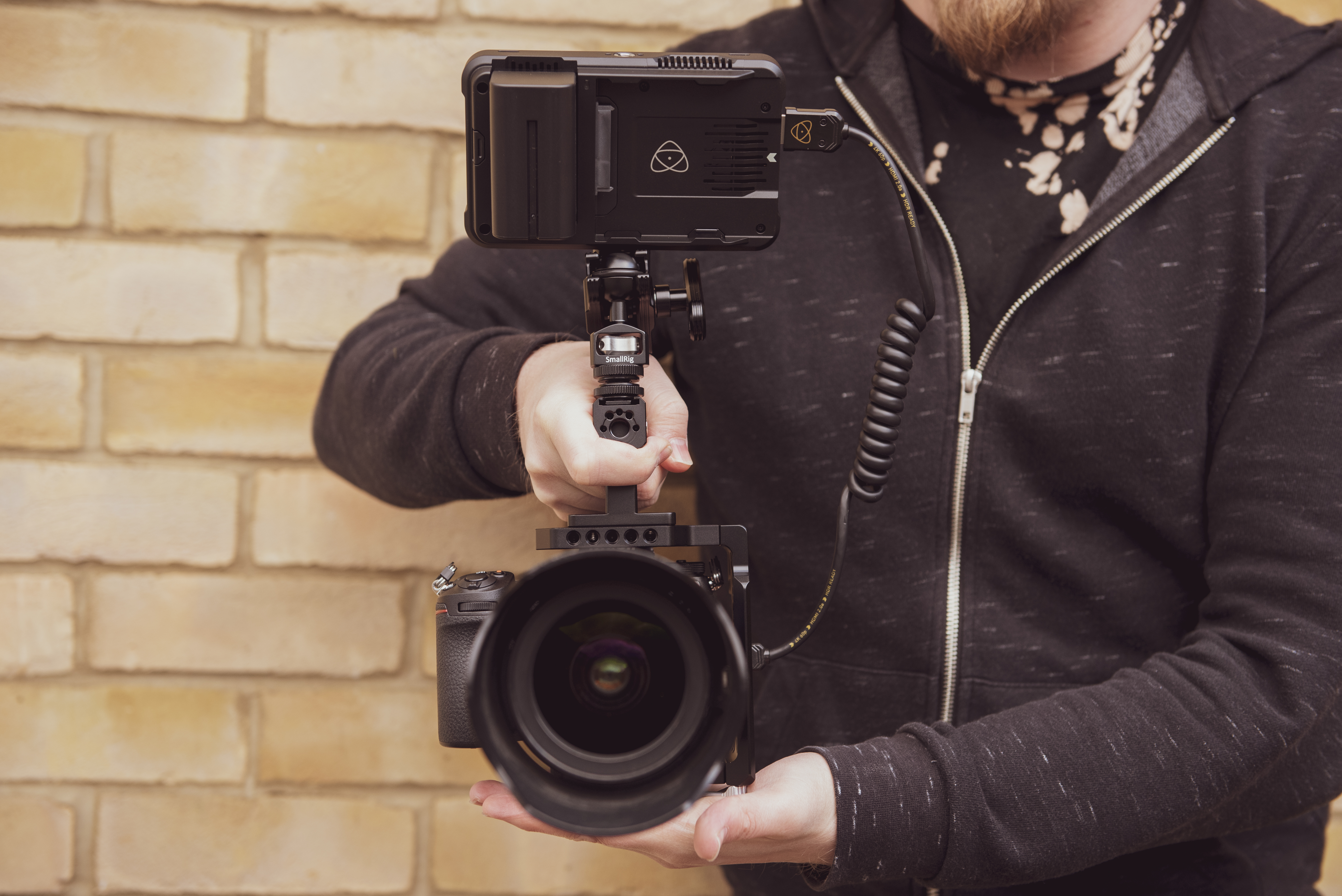
Included in the Essential Movie Maker Kit is the SmallRig quick release half cage for the Z6 II. Designed specifically for the Nikon Z line of mirrorless cameras, it maintains unrestricted access to all of the the Z6 II’s ports when fitted, allowing batteries and cards to be switched out or the FTZ adaptor attached, while providing plenty of mounting point options with lots of 1/4"-20 and 3/8"-16 threads. For videographers looking to use external monitors, matte boxes and various support systems, this makes the Z6 II a much more flexible base for their setup.
Meanwhile, thanks to the Manfrotto 501 compatible quick release plate that slides the camera into the cage, the Z6 II can be speedily rigged and de-rigged or moved onto a tripod in seconds.
Having previously owned the standard full-cage from SmallRig for the Z6, the quick release functionality found on this cage seriously impressed me, and was often utilised as I moved between capturing video and stills – hybrid shooters will love it. The included grip handle also makes support of the setup easier, particularly when used at low angles, while the Magic Arm Clamp means angle-adjustment of the Atomos Ninja V is a breeze while safely holding it in place.
Performance
The Z6 II is capable of fantastic image quality across its 100-51,200 native ISO range, standing shoulder to shoulder with its main rivals in good light, and bettering the output of many in low-light conditions where it does a fantastic job of controlling noise at high ISOs for clean results.
Below is a selection of sample still images (warmed for white balance) taken during video testing with this camera.


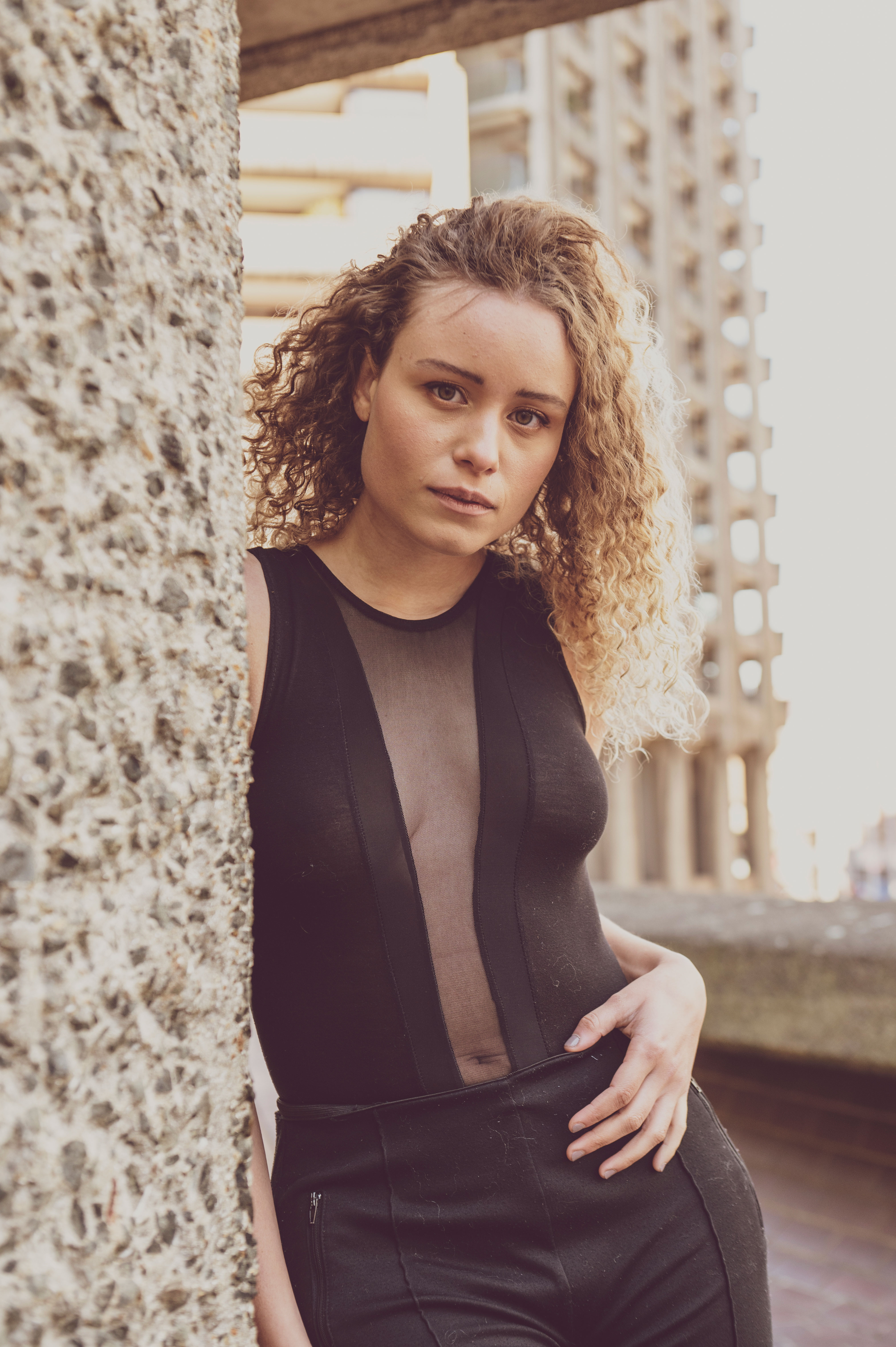

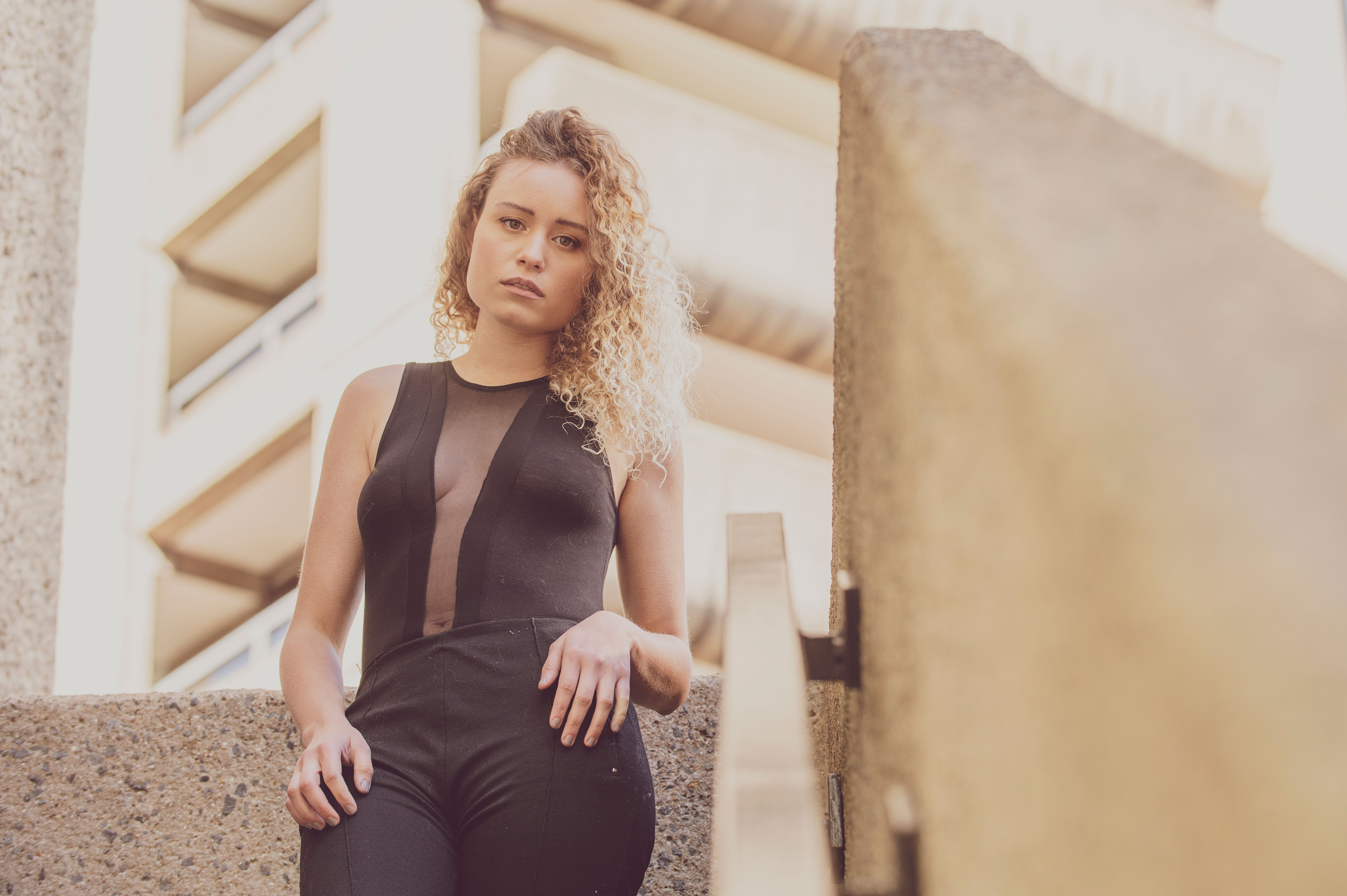
While at 24.5Mp it may have a lower resolution than the 45.7Mp Z7 II, there are very few occasions when the average shooter will need that kind of pixel count, and instead the benefits of a having la lower resolution such as smaller file sizes and that stunning noise control will be welcomed. Dynamic range is excellent at all settings, and colour rendering from the device is some of the nicest around in my personal opinion.
While I shoot mainly manual focus when shooting videos, I noticed a vastly improved autofocusing performance with FX lenses when using the FTZ adaptor over the original Z6 when capturing stills. In fact, this now snappy and highly accurate AF performance when using the bundled adaptor is enough on its own for me to recommend seriously considering spending the extra on the Z6 II over the original model to those looking to make the switch from a Nikon DSLR.
Previously I experienced a slight focusing slowdown on the Z6, that while not debilitating, was arguably my biggest frustration in regular use of that device. While I imagine focussing with native Z lenses will still always provide the best performance on the Z6 II, all but speedy sports and wildlife subjects should now be fair game with F-mount lenses without frustration – opening up the device in earnest to a simply massive existing lens range.
Eye and animal eye tracking are highly effective on the camera and are now available in its wide-area mode, and although its selectable focus area count of 273 points may be substantially less than many Canon and Sony devices, in truth, it covered pretty much the entirety of the frame with enough accuracy to be of little concern during my testing.
• See our separate standalone Nikon Z6 II review for full lab charts and more sample images
Video
When it comes to video performance the Z6 II is definitely a story of two halves. It’s not that its inbuilt recording of 8-bit 4:2:0 4K footage is bad, far from it in fact – it’s smooth, crisp and clear and will match for quality the many mirrorless devices at this price point that are shooting the same (such as the Sony a7III), but it doesn’t have the colour range provided by the 4:2:2 10-bit recording of the Canon R6 internally, which may deter some prospective users.
Here's a short sample video shot with the Nikon Z6 II Essential Movie Kit:
Hook it up to the Atomos Ninja V included in the Essential Movie kit though, and the Z6 really comes into its own as a videography contender. With the Ninja V attached you’ll now have access to 10-bit 4:2:2 recording via HDMI with N-Log and HLG, or even 12-bit ProRes RAW, or Blackmagic RAW capture. (This is an additional upgrade option on Z6 II models that are not included as part of the Z6 II Movie Essentials kit priced at $200.).
With these options, users have true flexibility when it comes to their footage capture and grading during post-production on a level that’s truly professional, and matched by few other devices at less than the total price for this kit. The Ninja V with its 5” IPS LCD screen illuminated by a bright 1000 cd/m² LED backlight also provides plenty of advanced options for monitoring your video recording with features such as Focus Peaking, Zoom, Vectorscopes & False Color through to Safe Areas, Cine Guides and real-time Log>PQ/HLG previewing, all building on the range of options already found in the Z6 II and making operation once more feel a professional process.
Combined, the Ninja V and Z6II become a force that can deliver aplomb for any aspiring filmmaker and really do feel a step up from videography options provided by many compact system cameras.
No hard drive comes as part of the kit, meaning out of the box the Ninja V can only operate as an external monitor, уоu саn rесоrd from it to ЅЅD drіvеѕ оr соmрасt АtоmХ ЅЅDmіnі drіvеѕ whісh оffеr uр tо 2ТВ ѕtоrаgе when brought separately and fitted using the bay on its rear. Storage is an extra, in the same way that memory cards are an extra with digital cameras.
Both of these storage options are currently far cheaper than similar capacity XQD cards while providing equally as quick write speeds, making them arguably a better value investment for those who do purchase this kit, particularly if they intend to be capturing a lot on one shoot.
While I don’t extensively use autofocus when shooting video, in my testing of the device the new system performed accurately and responsively when using both subject tracking and single point focusing options making it far more usable than video AF on many older devices.
Verdict

As an evolution rather than an overhaul, the Z6 II maintains Nikon’s enthusiast mirrorless model as an highly competitive option within its sector. It’s a very capable device that straight out of box can produce breath-taking images, and when paired with the Ninja V as part of the Essential Movie kit, provides video features more than capable of creating amazing looking short films while offering its users professional level monitoring as the core of a run-and-gun setup.
Autofocus has been notably improved making F-mount lenses with the included FTZ adaptor a real option whether shooting stills or video, and that new SD card slot answers one of the simplest but most frustrating criticisms of the original Z6.
Our biggest bugbear is ironically also one of its headline improvements, that 60fps 4K shooting option. Being able to shoot 4K at 60fps is undeniably a very welcome addition that means Z6 II users looking to produce slow motion at its maximum video resolution can now do so, it’s just a shame that it’s limited to standard video quality and a 1.5x crop.
While this still puts it ahead of the capabilities of the Sony A7 III for video, it does mean that the Canon R6 still has a bit of an edge in the form of its 60fps 4K video and 10-bit internal recording, albeit with fewer options for things like external recording bit-depth when it comes to other formats, when these could have been nullified by this model.
For the slight increase in price, all the benefits of the Z6 II Essential Movie kit’s well-matched components over the R6 will represent better value for many aspiring filmmakers, but it’s not a fight which will win over everyone, especially when muddied further by factors such as burst shooting speed, where it’s edged out by the competition.
It’s a shame, as with a few tweaks that wouldn’t negatively have impacted any other models in its line, Nikon could have really made a statement with the Z6 II’s capabilities that could have really helped differentiate it from the competition, instead, it still remains a very solid choice, particularly as part of this movie kit – but not necessarily the one for everyone.
Read more:
• Best Nikon camera
• Best Nikkor Z lenses
• Best 4K cameras for video
• Best mirrorless cameras
• Nikon Z6 review
• Nikon Z6 II review
